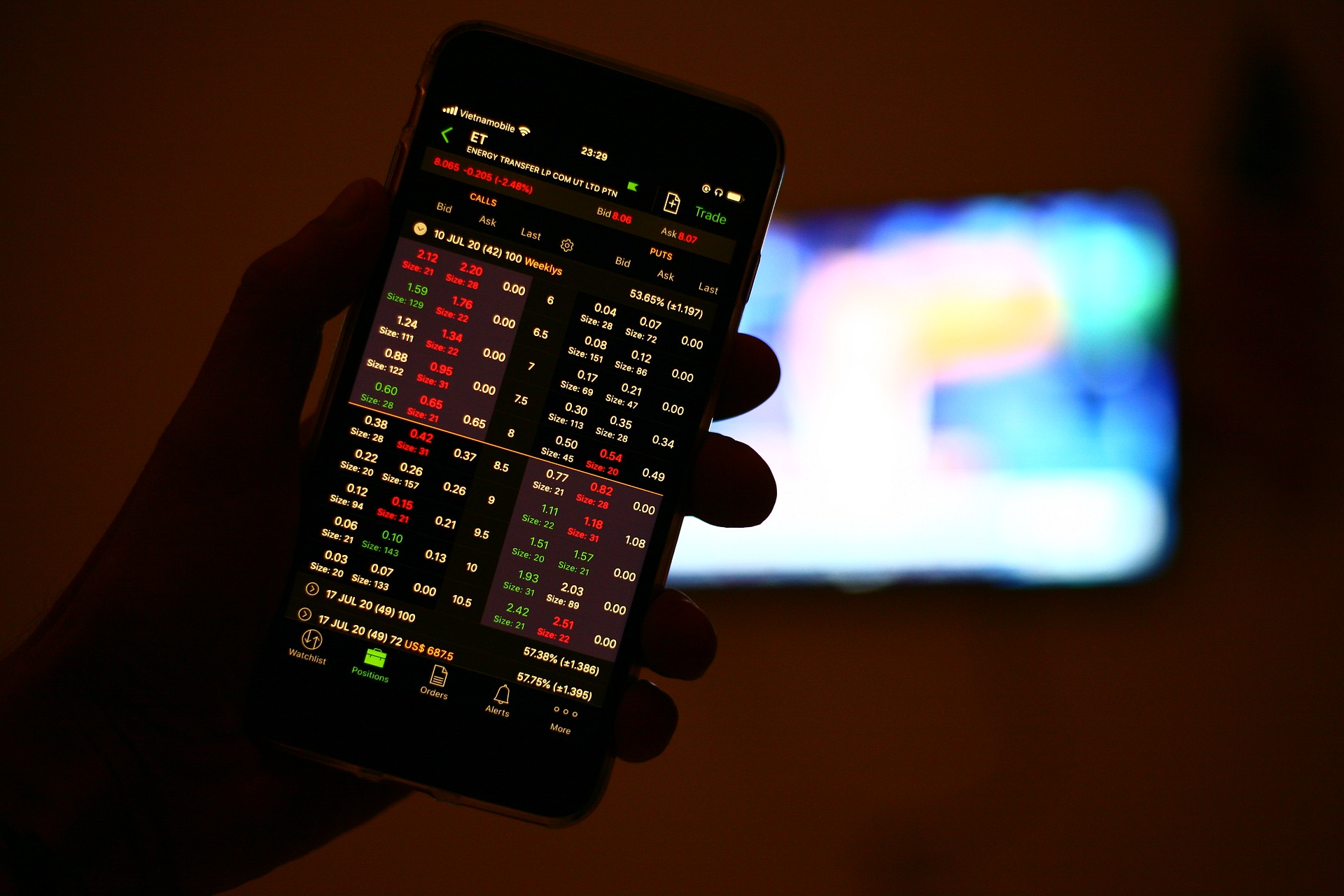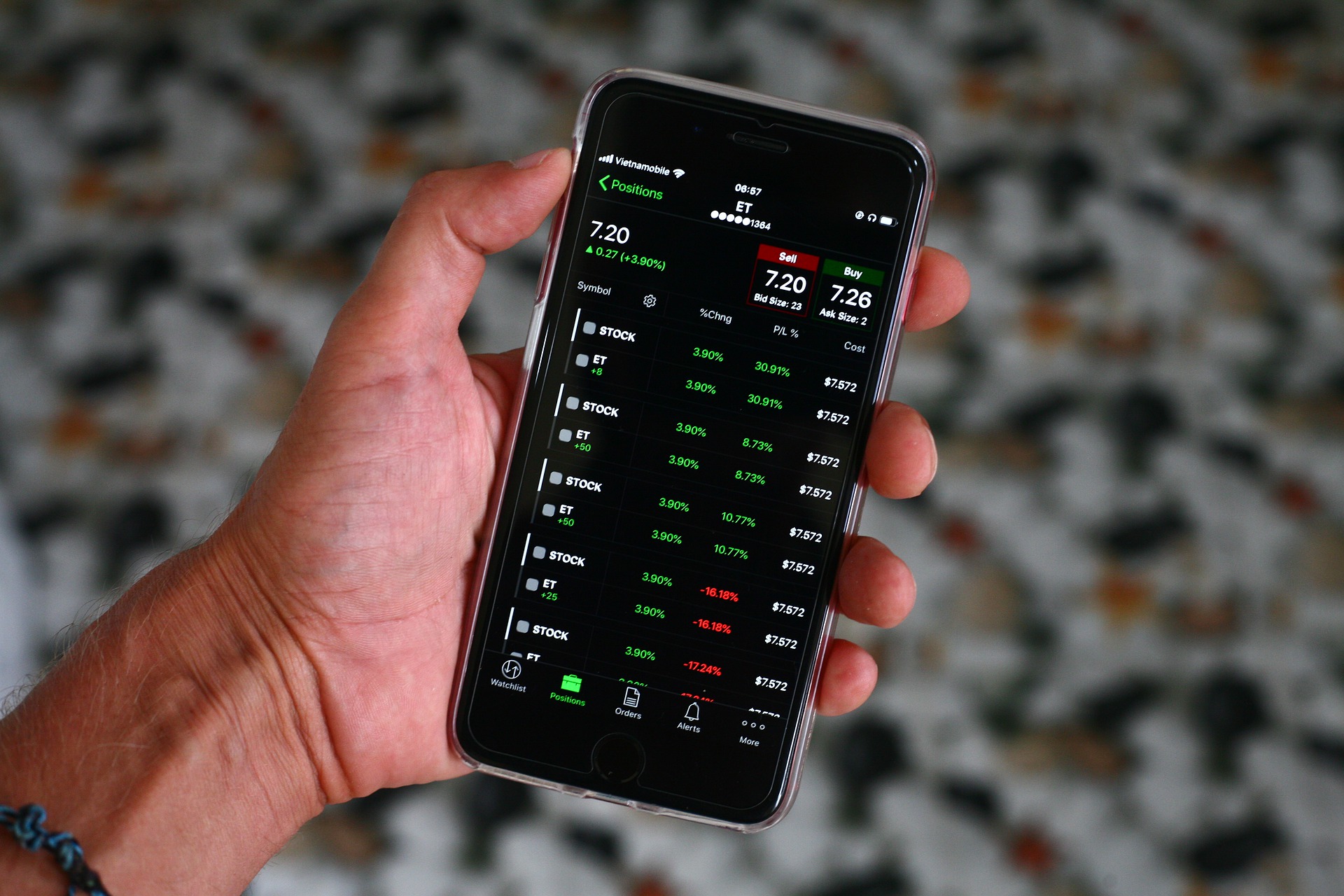Options trading is often dreaded by a lot of investors in the stock market. No doubt, that the concept can be a little intimidating but when done right yields great option trading profits. The two most common terms in options trading are call option and put option. But what is a call option?
In this article, we will talk about the call option’s meaning and understand how it works.
Call Option Meaning
The best way to understand the concept is to say that it is an agreement between a buyer and a seller. In this agreement, the buyer and seller decide a price and a date in the future wherein they will exercise the contract.
In the case of a call option, the buyer has the right to exercise the option contract on or before the expiry date but there is no obligation. Therefore, it is right to say that the buyer has the upper hand in this deal. Often when you see CE written next to your scrip, it is the call option.
It is also important to note that when entering into a contract, the buyer and seller have different market sentiments and the loss of one is the profit for the other.
Now you must wonder why a buyer will get the right in a call option and not a seller? It is because of the strong sentiments of the buyer, he/she will give a non-refundable payment to the seller to seal the deal. This amount is known as the call option premium.
Therefore, in the case of a call option, the buyer can experience an unlimited profit but his loss is limited only to the premium that he paid at the time of entering the contract.
This makes it possible to start option buying with 1000 rupees or less by choosing the strike price with low premium value.
Buyers make unlimited profit but as per the SEBI data, option buyers lose more money than sellers. Have you ever wondered why option buyers lose money?
Well, this is because of time decay which works in the favor of the option seller. Let’s now get into the detail of the call option and determine the ways by which both parties maximize their reward in the market.
But before moving ahead, there are some other terms associated with the concept that one should keep in mind before moving ahead.
- Strike Price- A price is decided at which the option contract is executed. This is known as the strike price. In other words, the price at which the call option will get executed in the future is the strike price.
- Spot Price- The current market price on the day of the expiry.
- Expiration Date- The date on which the buyer and seller have decided to execute the order.
Still, confused with the concept? Let us understand this with the help of an example.
Call Option Example
Who doesn’t like having ice cream in the scorching heat, right? And with the numerous flavors available, it is often difficult to pick one. Now, let us bring this delightful thing to the understanding of the call option as well.
Vanya owns an ice cream parlor amidst a busy market. She often considers the taste of the public and selects the most popular ice creams for her collection. In the summer of 2021, she decided to include two major flavors in her collection, choco mint, and blueberry flavor. She decided to sell the icecreams for ₹35 per piece. The buying price of the ice creams was ₹20 per piece and the total number was 1000.
Since, both the flavors are new for the customers, she decided to take it to the streets as she is confident that the public will appreciate the new additions. For this, she rented an ice cream cart for ₹1000 rent on a per-day basis to check the liking of the two flavors.
- On Monday, Vanya went out and sold more than 50% of the pieces.
In this, she made ₹17,500, out of which, she has to pay ₹1000 as the rent. The profit, in this case, would be
Buying Price- ₹10,000
Selling Price- ₹17,500
Rent- ₹1000
Profit- 17,500 – (10,000+1000) = ₹6,500
- On Tuesday, the weather did not favor her and it started raining. Because of this, she wasn’t able to sell even single ice cream. But she still had to pay the rent. So instead of the profit, she booked a loss of ₹1000.
Similar is the case with call option. If an individual is bullish on a strike price, he/she will give the premium to the seller (which in this case is the ice cream cart rent). So in cases when the market does not move according to the buyer’s expectations, the loss is of the advance amount, like Vanya had to pay the rent.
How Call Option Works
Now that we know what a call option is, the next question is, how to do option trading and how call option works?
In a call option, the buyer has bullish sentiments in the market. He/she is driven to the thought that the asset they are purchasing might get great growth in the future. Contrary to this, the seller has bearish sentiments.
Since the buyer is bullish and confident, he/she will give some advance (non-refundable) to the seller to secure the deal. If the market moves in his favor, the profit in options trading can be unlimited and if not, the loss is capped at the premium cost.
Let us understand this with the help of the given example.
Suppose the current price of the stock is ₹1500 and Raghav is bullish on the stock because the previous quarterly reports of the company have shown great growth. On the other hand, Kavesh thinks just the opposite.
Both the traders enter into a deal, wherein Raghav paid a premium of ₹100 to Kavesh. So now Kavesh is obligated to sell the stock for ₹1500 on or before the expiration date irrespective of the change in price.
Here ₹1500 is the strike price. Now there can be 3 situations in this case.
- The spot price increases to ₹1800
An increase in the spot price means that the speculation made by Raghav was right. Therefore, in this case, he will definitely exercise the contract. The overall profit, in this case, is as follows.
Strike Price– ₹1500
Spot Price– ₹1800
Premium Paid– ₹100
Here let’s first calculate the intrinsic value of the option:
= 1800 – 1500
=300
Profit– 300 – 100 = ₹200
- The spot price remains the same
The profit, in this case, is as below,
Strike Price– ₹1500
Spot Price– ₹1500
Premium Paid– ₹100
Profit– 1500- (1500+100) = -100
There is no benefit for the buyer to execute the option contract in this case. So, he will rather bear the loss of the premium (100) and leave the option contract. In this case, the seller will get the benefit and will earn the premium amount.
- The spot price decreases to ₹1200
In this case, the market is not in favor of the buyer. So, he will not execute this order and rather exit the deal by limiting the loss to ₹100, i.e, the premium that he paid.
Strike Price– ₹1500
Spot Price– ₹1200
Premium Paid– ₹100
Profit– 1200 – (1500+100) = -400
The seller will benefit from the premium in this case as well.
So, a call option will work for a buyer only when the market moves according to his market sentiment only. If the spot price stays the same or decreases, it is not beneficial for the buyer to execute that order.
You can easily buy a from the app of your broker. You should keep in mind various factors like the last traded price, open interest, implied volatility, option Greeks, etc. An option chain can effectively show you all the data and you can easily make your trading decisions. But to understand it, the foremost step is to know what does option chain indicate.
An option chain is a chart that displays the spot value, strike price, expiry and many other parameters that are essential for the trader to understand. Get a complete understanding before getting into the trade like call option in the derivatives market.
Call Option Writing
Whenever you are trading goods, you need a buyer and a seller to complete the order. Similar is the case with the call option. There is a buyer who is bullish and a seller who has bearish market sentiments. Call option writing is when an option trader sells a call option to earn a premium.
Here to open the position as the seller, it is important to keep and maintain minimum option trading margin in the trading account.
It is important to know the concept, risk, and reward of selling call options by understanding how option selling works.
Just like there are two sides of the same coin, the same is the case with option buying and selling. There are some contrasting points that you should keep in mind.
- A call option seller has bearish sentiments regarding the market, contrary to the bullish sentiments of the call option buyer.
- The loss of a call option buyer is the profit of the call option seller.
- The profit of a call option buyer is the loss of the call option seller.
- When you are writing a call option, you receive the premium. The maximum profit is the premium that you receive and the losses are unlimited.
Now considering the above case of Raghav and Kavesh, Kavesh who is the option seller has a chance to make profit from the premium in two cases.
- When the spot price is almost similar to the strike price, the call option buyer will get no profit out of it. Therefore, he will not exercise the contract. In this case, the option seller will get the premium and therefore benefit from it.
- If the spot prices move below the strike price, then also the call option seller will make a profit with the premium received.
The call option seller will only suffer a loss in the case when the market moves above the strike price. In this case, the losses of the call option seller can be unlimited.
Call option writers particularly enter into the contracts to earn money from the premium.
Advantages of Call Option
Options trading has no wonder become a popular choice for a majority of stock market enthusiasts in India. It has a higher risk potential but if done the right way, it can definitely generate great returns. Let us now look at some of its advantages.
- When you buy a call option, you just pay the upfront cost of a premium. If the market moves in your favor, your profits can skyrocket and give you great benefits.
- A lot of traders don’t enter the option contract because of high risk. But when you buy an option contract, your loss is limited to the premium that you pay.
- There is no obligation to exercise the contract, so if you are a buyer you can exit the contract even before the expiration date.
- You can carefully hedge your call option, you can significantly earn through premiums as well.
- Using the right strategies can give you great profits.
Along with the call option buying, one can write put option in the bullish market. Understand the difference between call option and put option to trade smartly.
Conclusion
A call option is not as difficult as people consider it to be. No doubt, buying and selling of call option contrast, but if done with the right strategies, it can give you great returns. In a call option, a buyer pays the premium thus has a right and no obligation to exercise the option contract. With Stock Pathshala, you can easily learn derivatives through various derivatives courses and start trading today. You can also refer to different books on option trading to enhance your knowledge of options.
Before investing capital, invest your time in learning Stock Market.
Fill in the basic details below and a callback will be arranged for more information:









